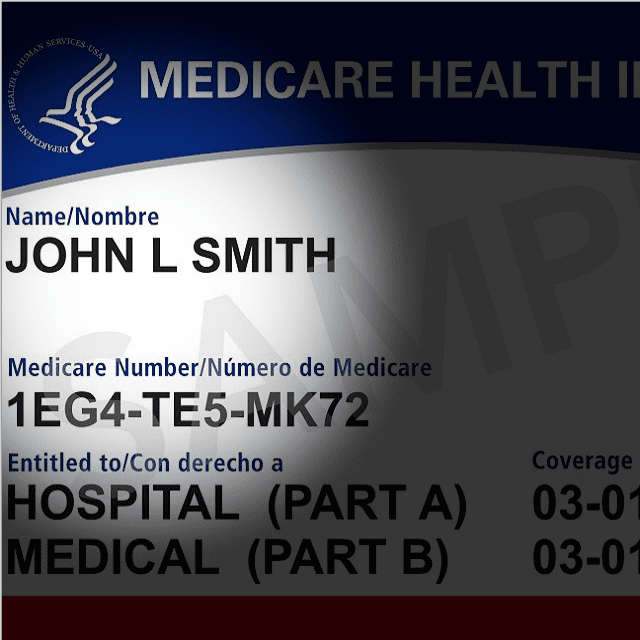How Medicare Premiums Will Change in 2023

What You Need to Know
The Part B premiums are going down.
The Part A premiums are going up a little.
For most, a big Social Security COLA will ease the pain.
On Sept. 27, the Centers for Medicare & Medicaid Services (CMS) announced a decrease in the standard Medicare Part B premiums for 2023.
Medicare premiums will drop for the first time in a decade, giving millions of seniors much-needed financial relief.
This decrease is in part an effort to put money back in seniors’ pockets after a double-digit increase in premiums in January of this year.
Lower Medicare premiums, paired with the Social Security Disability Insurance’s significant cost-of-living adjustment (COLA), means your clients will be better safeguarded from inflation and in charge of their financial wellness in 2023.
The Question:
What changes can your client expect to see with their Medicare coverage and costs in 2023?
The Answer:
After another year of high inflation and financial stress, the Centers for Medicare and Medicaid Services’ recent announcement that they will decrease premiums for Medicare beneficiaries is welcome news.
This decrease in health care costs provides much-needed relief to millions of seniors, and it is the first time Americans have seen premiums drop in 10 years.
The standard Medicare Part B monthly premium will decrease $5.20, bringing the enrollees’ total cost to $164.90 per month in 2023.
In addition, the annual deductible will drop $7 to a total of $226.
As private health insurance costs continue to rise, with recent figures showing the average adult pays almost $500 monthly for their premium, affordable options for Medicare beneficiaries provide essential assistance for seniors and retirees.
Historically, Medicare Part B premiums have risen about 6% per year and many seniors have had to scramble to figure out how to keep up.
Last year, the whopping 14.5% increase in Medicare Part B combined with soaring inflation rates meant that many seniors felt the squeeze in 2022.
The 2022 premium included a contingency margin to cover projected Part B spending for a new Alzheimer’s drug, Aduhelm; however, spending and coverage of this drug was lower than predicted.
The decrease in the 2023 Part B premium compensates for this margin and passes along the resulting surplus to Medicare Part B beneficiaries.


